
Official: The answer to the question "which came first, the chicken or the egg?"
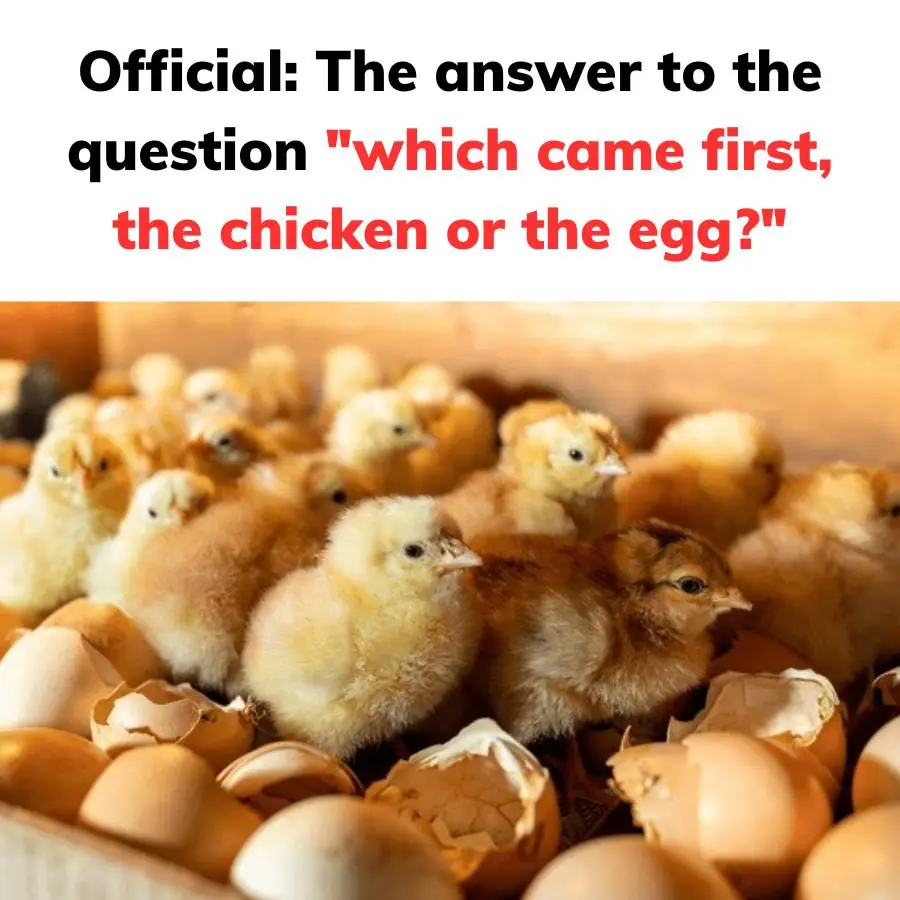
The age-old puzzle of "which came first, the chicken or the egg?" has been solved by scientists. A fossilized prehistoric creature discovered in 2017 has led experts to conclude that eggs appeared long before the first animals evolved, implying that they predate chickens.
Chromosphaera perkinsii, a single-celled organism found in Hawaii, was first identified at least a billion years ago and underwent cell division to produce what appeared to be the precursor to eggs.
Scientists from the University of Geneva discovered that the creature formed multicellular structures that bore striking similarities to animal embryos.
The findings, published in the journal Nature, suggest that eggs existed long before the first animals emerged. "Although Chromosphaera perkinsii is unicellular, this behavior suggests that multicellular differentiation and coordination were already occurring in this species long before the first animals appeared on Earth," said study lead author Omaya Dudin.
Single-celled life forms such as yeast or some bacteria also appeared on this planet long before multicellular organisms such as animals developed from a single egg cell into complex organisms.
This embryonic development follows very specific stages that are known to be very similar across animal species.
Researchers now suspect that this process occurred much earlier, dating back to the time before animals emerged. But exactly how the transition from single-celled to multicellular organisms occurred remains poorly understood.
In the new study, scientists assessed the ancestral life form C perkinsii, which diverged from the animal evolutionary lineage more than a billion years ago, and found important insights into the mechanisms behind the transition to multicellular life.
They found that when C perkinsii reached its maximum size, it divided without growing any further, forming multicellular colonies that resembled the early stages of an animal embryo. The colonies, which contained at least two distinct cell types, persisted for about a third of their lifespan, a phenomenon the researchers called “surprising” for this type of organism.
They say the way these populations divide into distinct three-dimensional structures is “strikingly reminiscent” of the earliest steps involved in embryonic development in animals.
Based on this discovery, the researchers say the genetic tools needed to “make eggs” existed long before nature “invented chickens” more than a billion years ago.
However, it is possible that the mechanisms behind multicellular development may have evolved separately in C perkinsii, and the researchers said they hope that further studies of the organism will reveal which case is more likely.
“It is fascinating that a recently discovered species allows us to go back more than a billion years in time,” said Marine Olivetta, another author of the study.
News in the same category


Trump Blasts TIME Magazine for Unflattering Cover Photo

Nostradamus’s Predictions About Cats In The Home

Here’s Why Many Couples Start Sleeping In Separate Beds After 50

Conveniently keep these 3 things under the bed, no wonder the family is in chaos, has many difficulties, and still works hard

5 Phrases That Indicate a Man is About to Leave His Wife for Another Woman

Can You Find The Missing Girl in the Wilderness

Why You Keep Your Room Messy According to Psychology

New Research Upends 10,000-Step Rule for Older Adults

How Science Reveals the Hidden Power of the Brain to Heal from Emotional Trauma

Can you spot the hidden dog? Only people with eagle eyesight can!

Can you spot the book, egg, cup, and pillow?
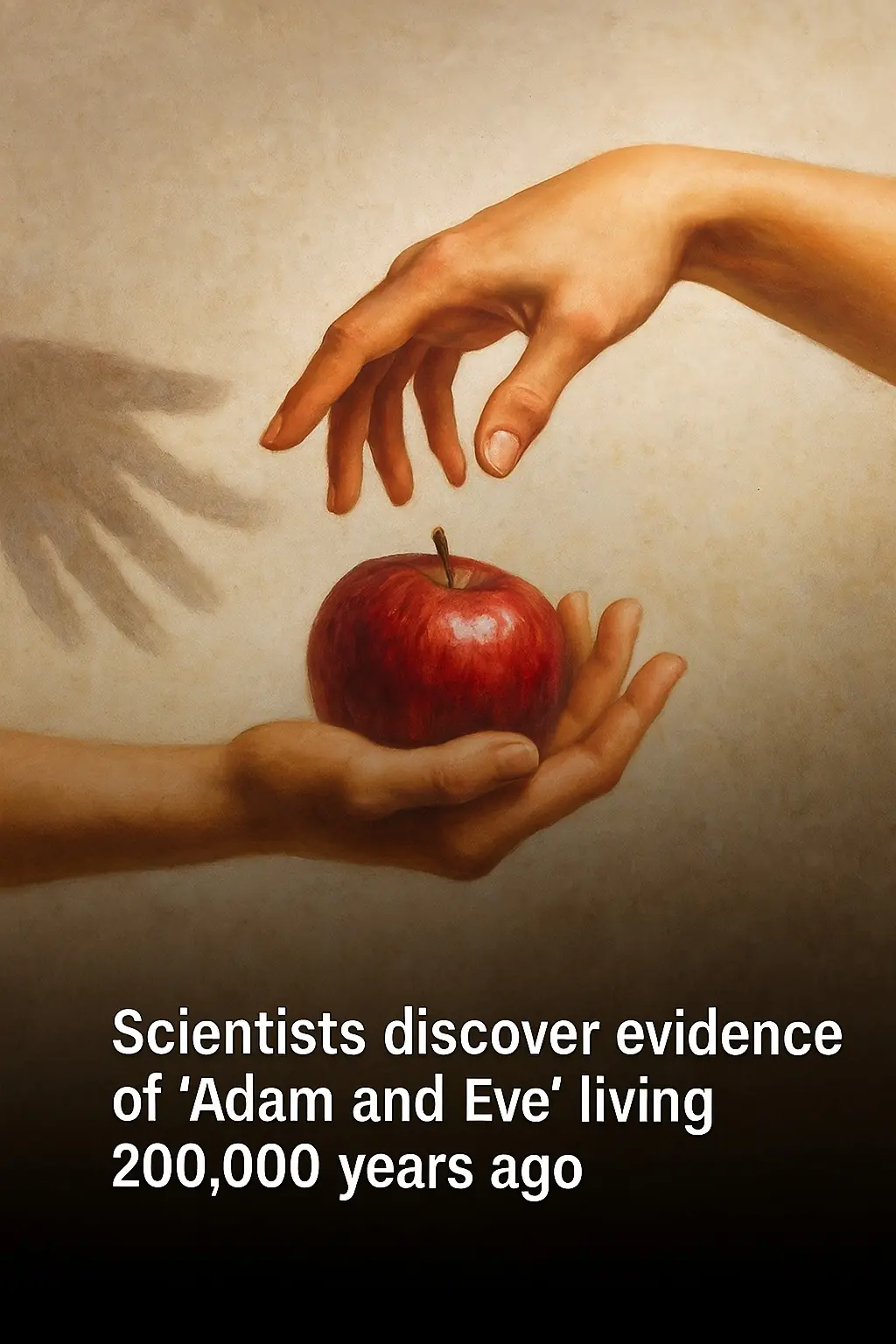
Scientists discover evidence of 'Adam and Eve' living 200,000 years ago

Discover Love in the Little Things: Everyday Connections

The Political Science Of Ending Animal Testing In The US

These organic burial pods will turn your body into a tree after you die
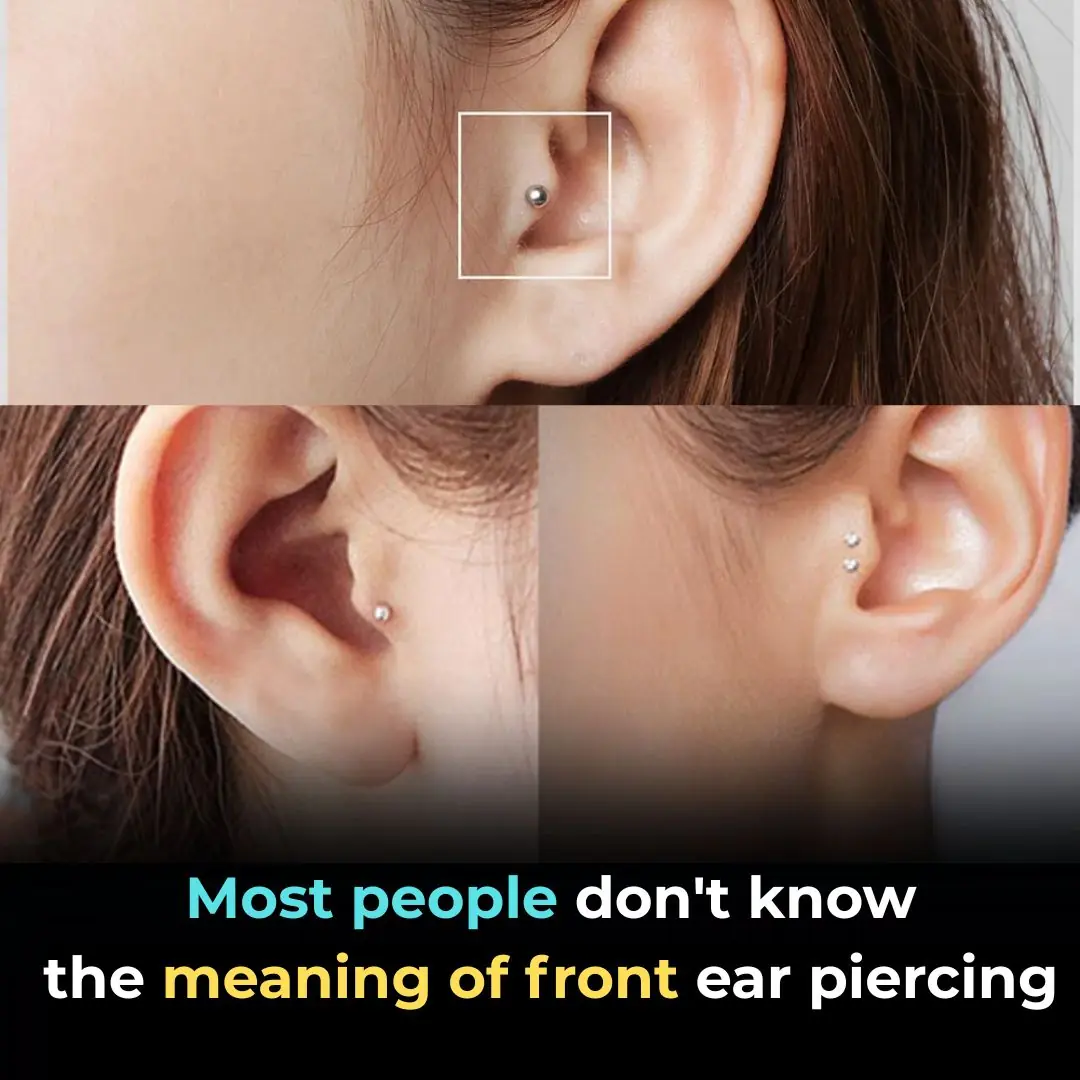
Tragus Piercing What Does It Mean

💪 Sarcopenia: Why Muscle Loss Happens & How to Fight It (After 50)
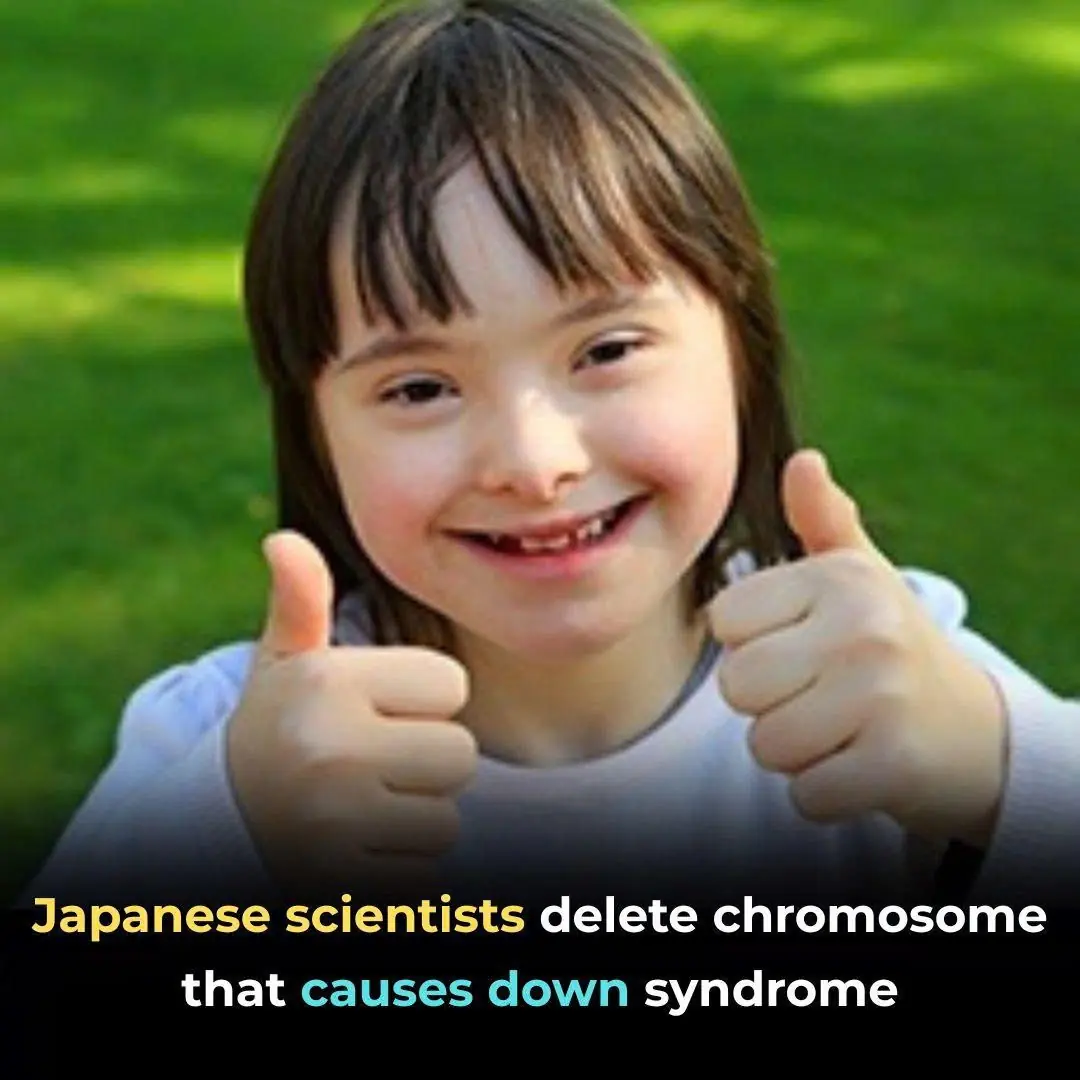
Japanese scientists delete chromosome that causes down syndrome

Princeton Just Changed Higher Education Forever: Families Earning Under $250K Won’t Pay a Single Dollar in Tuition
News Post

Delicious and crispy onion salt, you can keep it all year round without worrying about scum, just make it this way, whoever eats it will remember it forever

You are doing it all wrong. Here's the right way to store cleaning supplies

My nana taught me this hack to whiten yellow pillows in 5 mins with 0 work. Here’s how it works

3 ultimate recipes using Vaseline & lemon to erase dark spots, clear acne and glow skin

These Seeds Can Do Magic On Your Hair
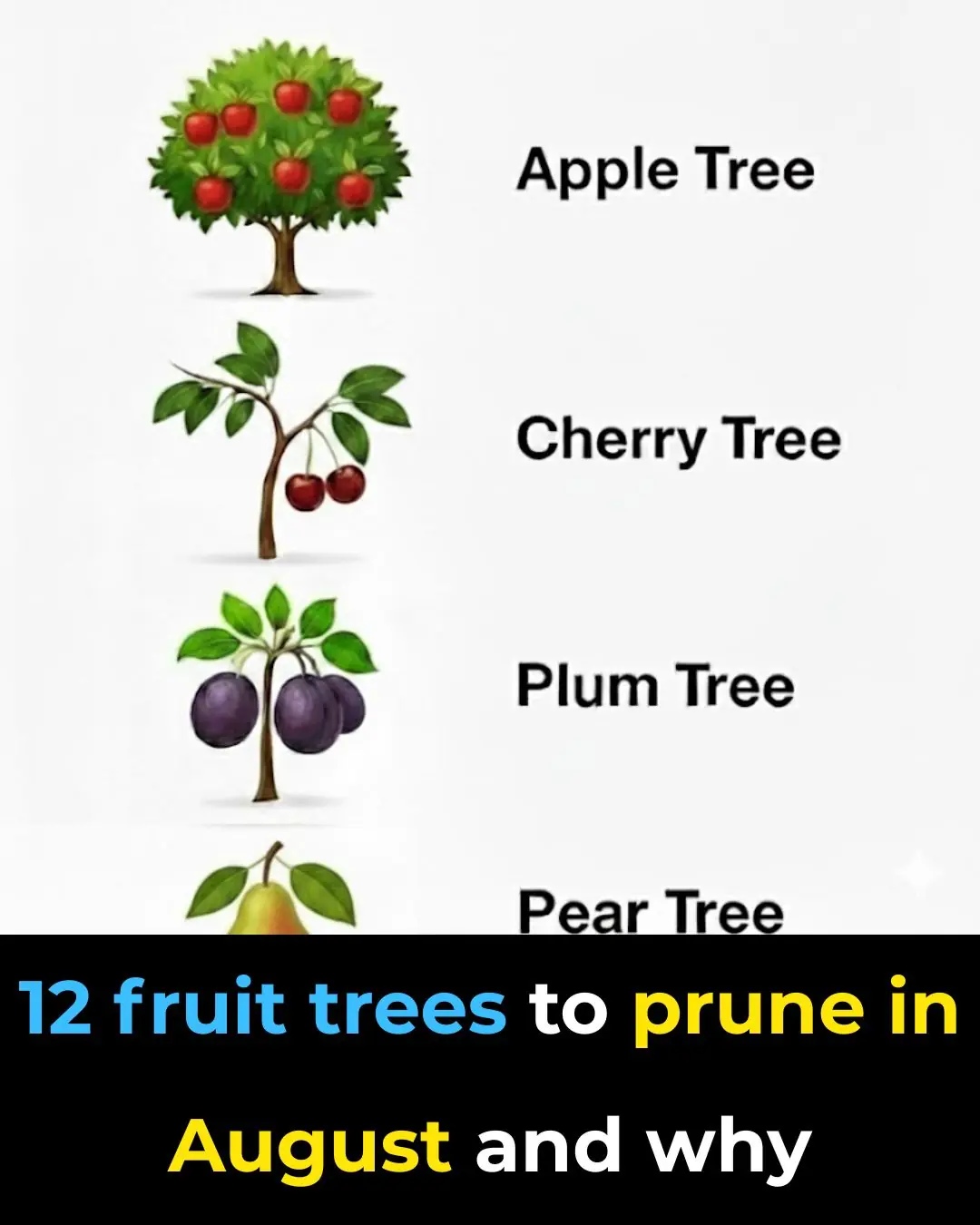
12 Fruit Trees You Must Prune in August — and the Science Behind It

Achieve Glass Skin in Just 1 Week: Your Ultimate Guide to Radiant, Smooth, and Flawless Skin

Fermented Rice Water & Cloves Scalp Treatment

Easy Guide to Using Rice Water for Hair Growth: Natural Solutions for Stronger, Shinier, and Healthier Hair

10 DIY Beauty Ice Cubes for Glowing Skin, Acne, and Anti-Aging
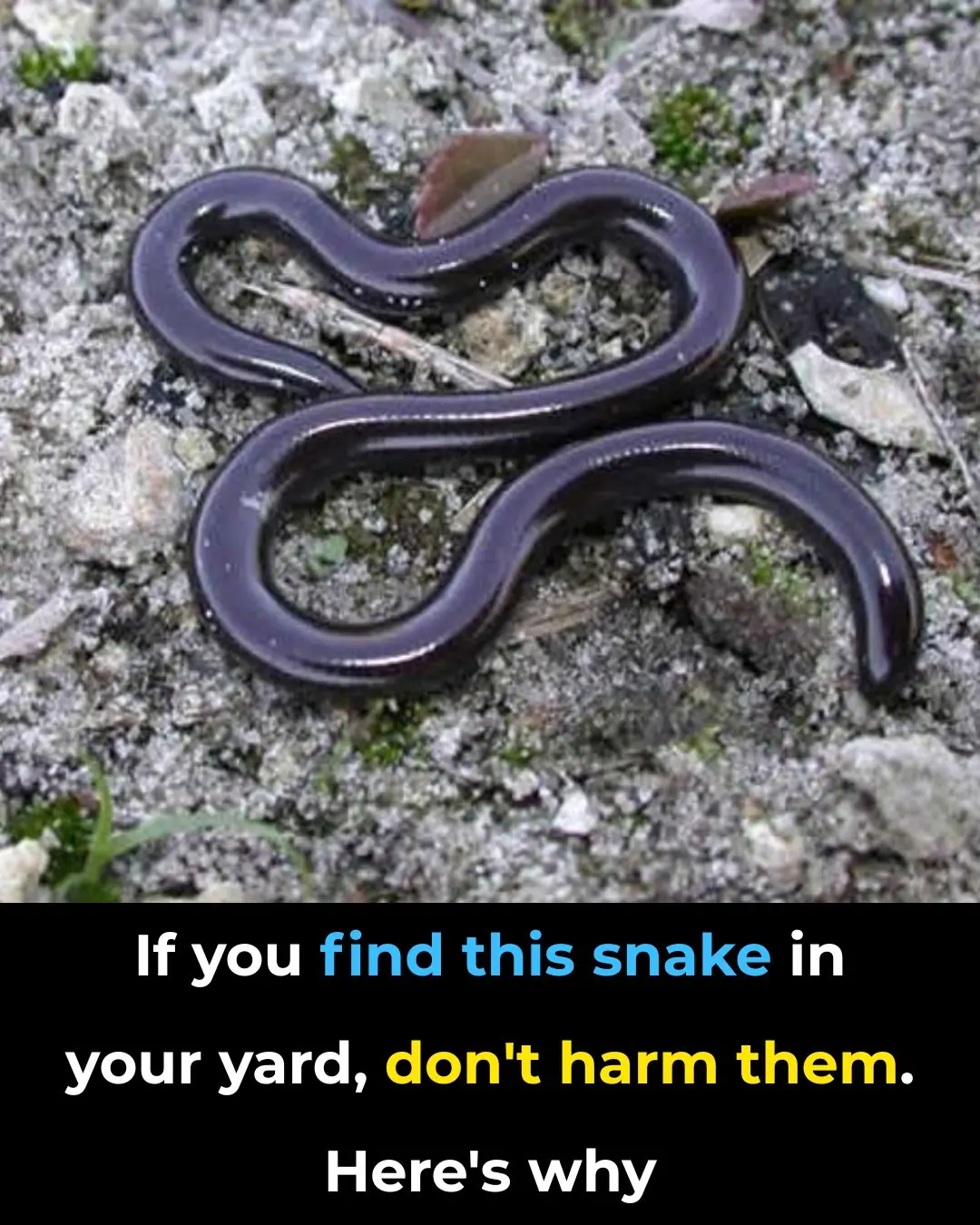
If You Find This Snake in Your Yard, Don’t Harm It — Here’s Why

3 Best Detox Drinks for Glowing, Healthy Skin: Natural Recipes for Radiance and Wellness

Cloves and Onion Peel for Grey Hair: Natural Solutions to Darken and Nourish Hair

Rice water & Methi Dana Toner for Glowing Skin

Flaxseeds Gel Night Cream To Prevent Early Signs Of Aging

Coffee Eye cream For Dark Circles & Puffy Eyes

Botox Treatment at Home with Chia Seeds: A Nourishing Face Mask for Tight, Glowing Skin

Ooops, Guess I’ve Been Doing This Wrong: Why You Should Rethink Using Saucers Under Planters

1 Lemon Is All You Need to Revive an Orchid: Here’s How It Works
